Arrowsic
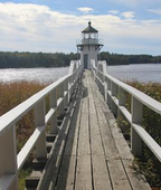
Arrowsic was purchased in 1649 from the Native American that also sold Georgetown -- Chief Robinhood. Arrowsic then changed hands numerous times until February of 1841 when the town was officially incorporated. Arrowsic is now home to a small population that claims its a great place to call home and a tough place to leave. Arrowsic offers incredible beauty and solitude with proximity to Bath and Route 1. It is an artsy town, so prepare to write your novel or dabble in the arts. At a minimum you will need a pair of binoculars and a wool hat. Read more
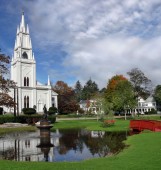
Bath
Bath was settled in 1781 and is now a thriving city in Sagadahoc County with a lovely downtown area. Bath is also home to Bath Iron Works, which has been building military vessels since 1884. Bath is known as "The City of Ships" and has a rich maritime heritage. Long before Bath Iron Works the city produced ships known as clipper ships that sailed to ports around the world. By the mid 19th century Bath was the nation's 5th largest seaport. During this time numerous homes were built in the Federal, Greek Revival and Italianate architectural styles. Many of these homes still exist today. Read more
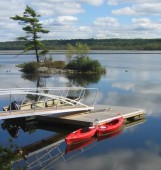
Bowdoinham
Bowdoinham is a bucolic town located on the western banks of the Kennebec River. With just under 2,900 residents the pace of this farming and arts town is as peaceful as its rolling hills and meadows. While in town, make a visit to the Bowdoinham Historical Society which is keeping the history of Bowdoinham, Maine vibrant and alive! Read more
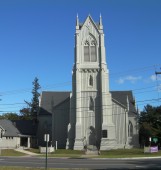
Brunswick
Brunswick was originally called Pejepscot which referred to the rocky rapids that are part of the Pejepscot River. In 1676 the town burned to the ground and remained in ruins until it was partially reconstructed during the King Williams War. Now Brunswick is home to Bowdoin College, the Bowdoin College Museum of Art, Mid Coast Hospital; one of Maine's newest full-service hospitals, the Peary-MacMillan Arctic Museum, The Theater Project, and the Maine State Music Theatre making this mid coast Maine town dynamic and lively. Read more
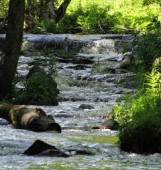
Dresden
Dresden was settled in 1752 under the name of Frankfort and later Pownalborough. This tiny town on the banks of the Eastern River received visits from Robert Treat Paine, Benedict Arnold, John Hancock, and John Adams, all of which traveled to the Pownalborough Court House during the Revolutionary War era. Read more
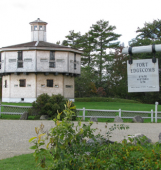
Edgecomb
The town of Edgecomb is located on a small peninsula bordered by the Sheepscot and Damariscotta Rivers. The town was settled in 1744 and named after Lord Edgecomb, a colonist supporter. Edgecomb’s first church was formed in 1783 and by the late 1800s there were two churches, seven public schoolhouses and a population of just over 1000 people. Today Edgecomb’s population is almost the same. This quiet town is home to artists, professionals, nature enthusiasts, fishermen and long-time Mainers. Read more
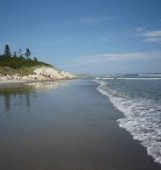
Georgetown
Georgetown was colonized when Captain John Parker purchased it in 1649 from Chief Mowhotiwormet, commonly known as Chief Robinhood. The Captain bought the land for a hogshead of rum and a few pumpkins. Georgetown is located between the mouth of the Sheepscot River and the Kennebec River and is a beautiful town with an artsy vibe. Georgetown also has it’s own small school district; Kindergarten through fifth grade and its great teachers are wonderfully engaged in their students’ learning. Read more

Phippsburg
Phippsburg is known as the site of the first European settlement in New England, with the first settlers arriving in 1607. These settlers built the ship, Virginia of Sagadahoc, the first ship to be built in Maine's long and extensive history of shipbuilding. Before the arrival of the settlers the Abenaki Indians inhabited Phippsburg during the summer months. 4,000 year old clam shell heaps have been found in coastal areas. With a seemingly endless coastline and a strong fishing community, this salty town has remained connected to it's roots for generations. Read more
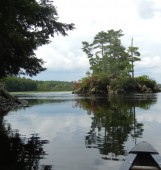
Richmond
Richmond was purchased from the Abenaki Indians in 1649 and was settled in 1725. The small river port and the local Native American population suffered numerous conflicts until farming and shipbuilding created an economic and social boom. Today, Richmond is home to nearly 3,500 people and it’s eclectic downtown is seeing yet another revival. Read more
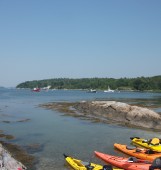
West Bath
West Bath is located on the Maine coast between Brunswick and Bath, approximately 35 miles north of Portland on Route 1. Crossing the New Meadows River, West Bath is the gateway to Sagadahoc County. West Bath officially became a town in 1844. Now home to just under 1900 people the suburb of Bath and Brunswick is a beautiful coastal town offering miles of waterfront, bays and inlets. Read more
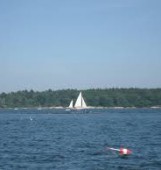
Westport Island
Westport Island lies west of the Sheepscot River. This small town, with approximately 800 year-round residents was founded in 1828 and has its roots in fishing and farming. The town was first named Jeremysquam by the early settlers and was considered a part of the neighboring town of Edgecomb until the early 1800s. Read more
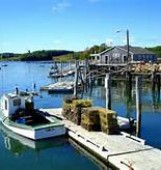
Wiscasset
Wiscasset calls itself The Prettiest Village in Maine. Located west of the Sheepscot River the town has a rich maritime history. Champlain is said to have landed here in 1605 and the town was officially settled in 1663. Wiscasset, like many of it's neighboring towns, has a history steeped in shipbuiling. For many years two very real reminders of the town's heritage sat on the banks of the river. The Luther Little and The Hester, two 4-masted schooners sat for many years, until recently, and were likely two of the most photographed schooners in history. Read more

Woolwich was settled in 1638 and became well-known for it’s timber production. This densely treed area provided neighboring towns with the wood needed to support the booming, local shipbuilding trades. Woolwich also produced leather and bricks for some time during the 1880s. Now home to just over 3,000 people Woolwich is a quiet town with a gorgeous west-facing coastline along the Kennebec River. Read more
Woolwich
Committed to the Maine Community
